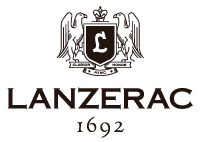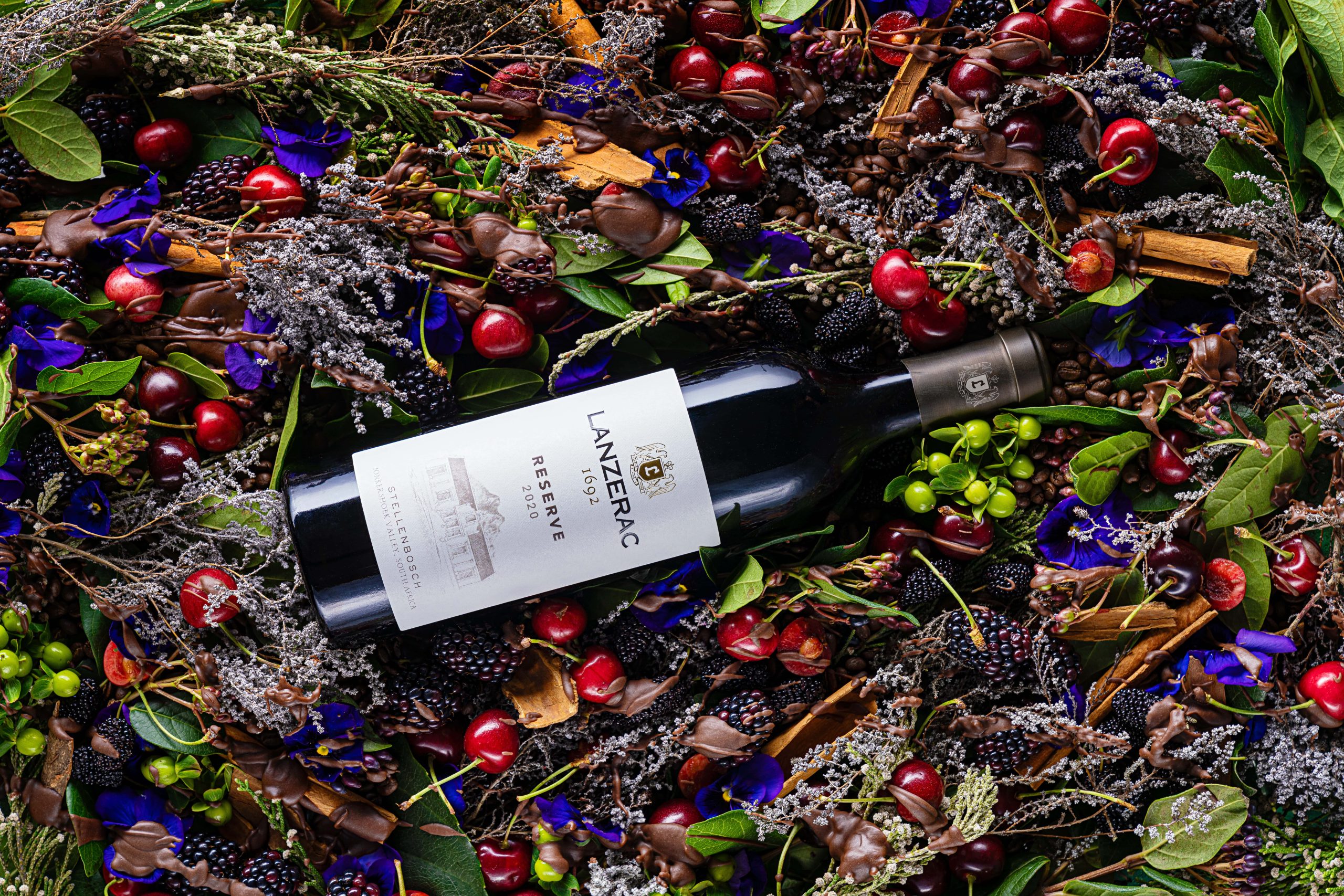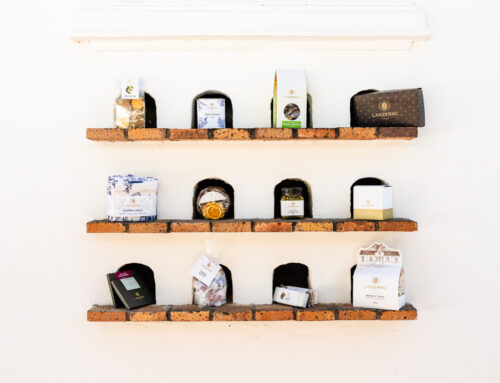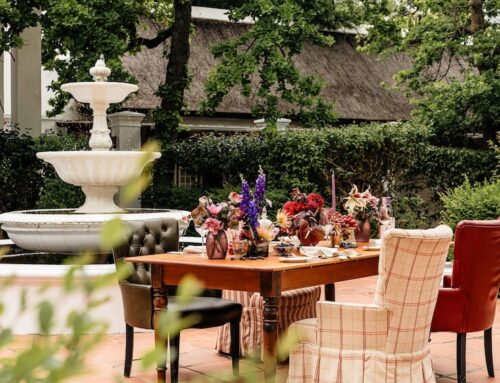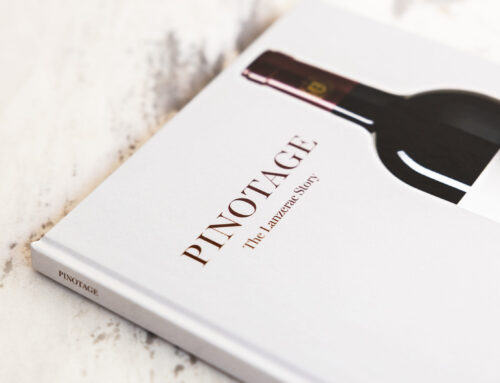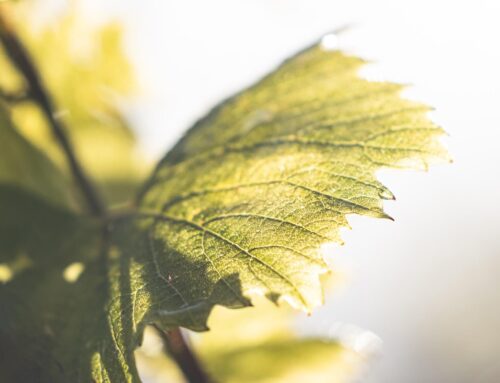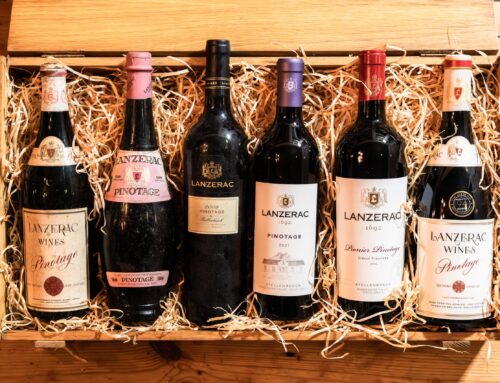Wine blending has a history that spans millennia, originating from times when mixed vineyards served as a safeguard against the unpredictability of Mother Nature, prioritizing a reliable harvest over subtle flavour differences. This practice of blending wines was traditionally driven by the need for consistency and reliability.
Just like having a team of superhero dads on call, planting a blend of grapes provided protection against everything Mother Nature could throw at a vineyard.
Regions like Bordeaux come to mind, where five varietals are planted that require similar, but not identical, nutrients. In an exceptionally cold year, Cabernet Sauvignon might struggle to ripen, producing underripe, acidic, and tannic wines. However, Merlot and Cabernet Franc can achieve optimal ripeness with less heat. Blending these three varieties allowed for the creation of wines without sacrificing flavour.
Around the 1800s, the blending of wines began to focus more on flavour. Across Europe, different regions started to vary their blends according to taste rather than reliability. Châteauneuf-du-Pape from Rhône, Chianti from Tuscany, and Spanish Rioja are modern legends that prioritize flavour above all when blending.
It is with this mindset that the Jonkershoek Reserve was conceived—a blend unconstrained by regional customs, with the only benchmark being an abundance of flavour and the harmony of Cabernet Sauvignon, Petit Verdot, and Syrah. Each varietal contributes its signature touch to the newest member of Lanzerac’s beloved Jonkershoek range of wines.
